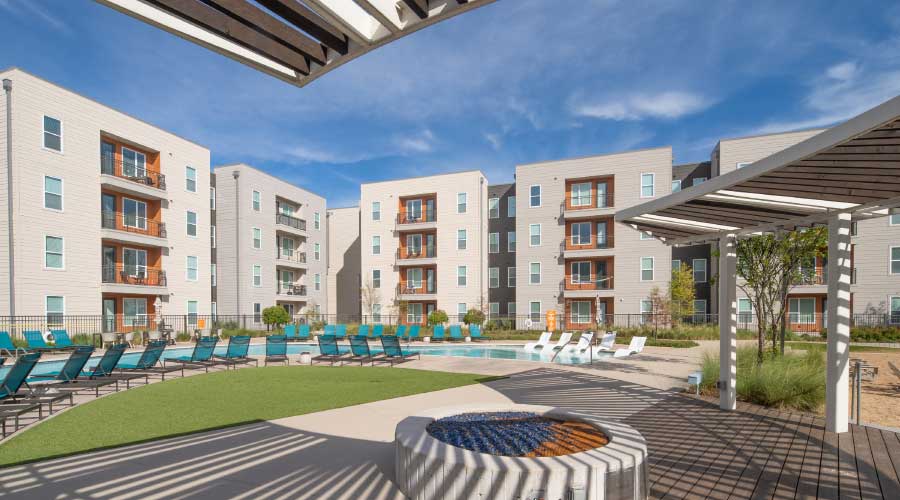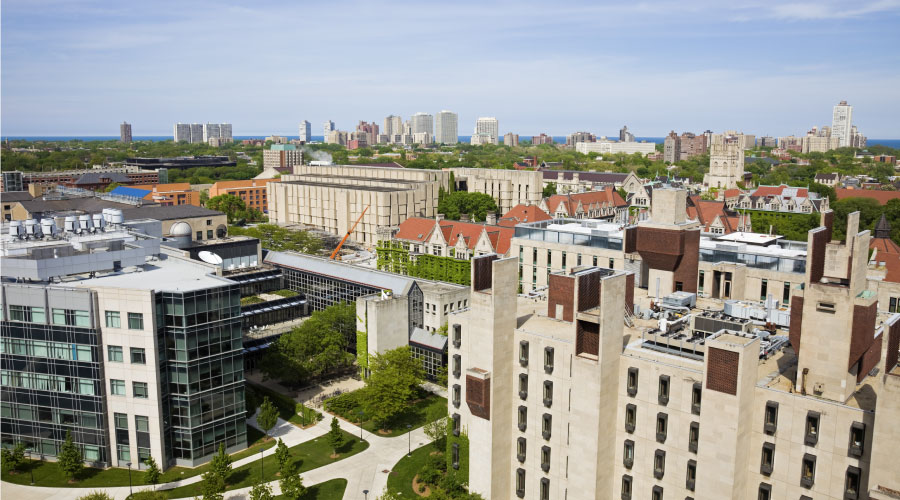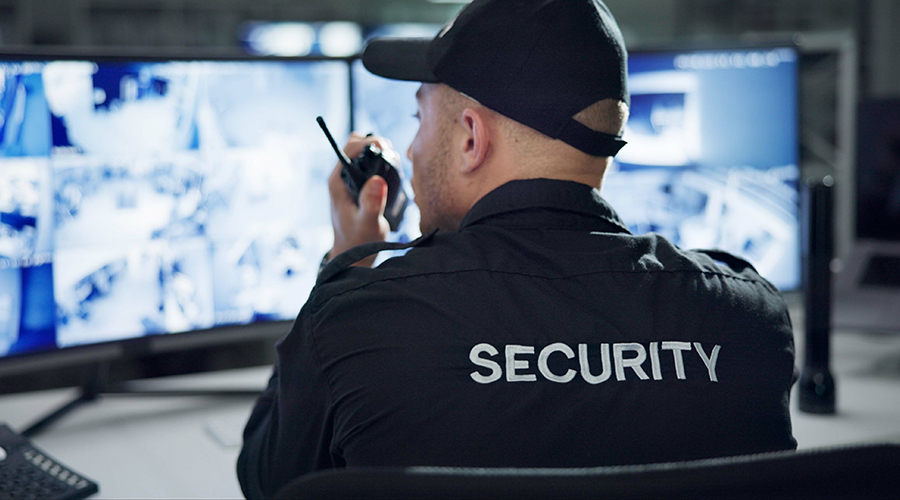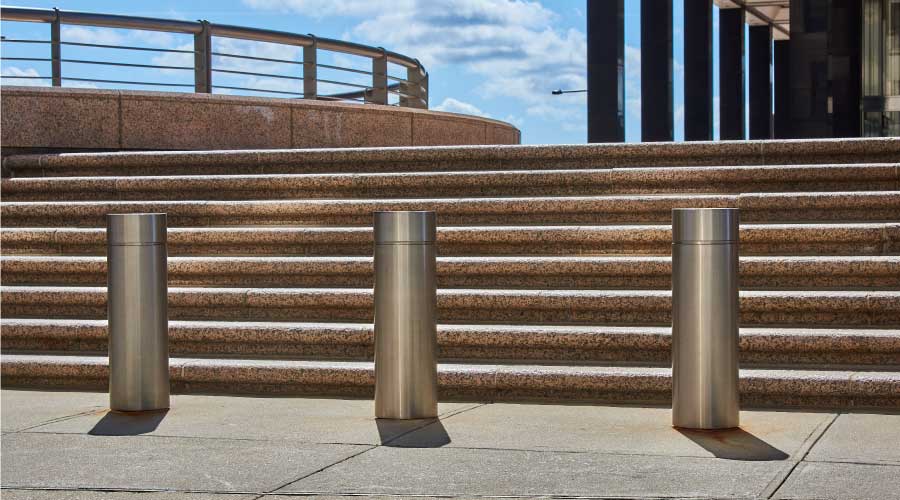 Greggory Sprowl, program manager for access control and security services, University of California San Francisco.
Greggory Sprowl, program manager for access control and security services, University of California San Francisco.Facility Security Strategies for a New Era
Here's a Q&A with expert Greggory Sprowl, as the University of California San Francisco rethinks access control in an era of change.
By Dan Hounsell, Editor-in-Chief
The last year has seemed to bring nothing but challenges for institutional and commercial buildings as maintenance and engineering managers initially addressed issues related to the COVID-19 outbreak and then adapted facilities to the ongoing issues related to sanitization, occupancy levels and ventilation. For Greggory Sprowl, program manager for access controls and security services with the University of California San Francisco (UCSF), the array of challenges he faced included rethinking facility access and safety in general for buildings spread out across several campuses totaling 195 acres that host 3,300 students and 25,398 employees. Sprowl and his team also had to rethink two major upgrade projects — one involving card readers and badges and the other involving loading docks — already planned and underway.
Q. How is the project to upgrade card readers and badges progressing?
We’re replacing 4,000 card readers and 35,000 badges to update the security of our card reader system. It’s really two projects. One is changing all the badges for everybody, and the other one is changing all the readers. We had to use a smart technology reader that could read (old and new) badges so that as we went through the change, both badges would work on that reader for a while. We also had to have a smart technology card that would work on old readers and new readers while the change was happening. They were both encompassed within that same project.
When COVID-19 hit, we had a three-year plan for both projects together. We pumped the brakes on them. The first year was $2 million, the second year was $1.5 million, and the third year was another $2.5 million. As COVID-19 hit and budgets became a problem, we were asked to slow down and elongate that spin cycle. So our three-year project is now a five-year project.
What we’ve done because of that is just worry about getting our badges changed. We’re not worried about the readers yet. If we change the badges first, in a couple of years, we’ll have the opportunity to choose from among 10 different products, where we had been boxed into a couple of different products.
(The existing car reader and badge system) is a low-frequency system, and it doesn’t have the highest security, especially the badge or the credential. They can be duplicated. That’s the essence of the problem. A lot of institutions are upgrading to the high-frequency credential so it can’t be compromised. We saw we had a gap there, so we assessed. Then we went out and looked at product options. Five years later, we’re in a $6 million project to change out these 4,000 readers and 35,000 badges. By the time we’re done, it’s going to be 5,000 readers and 40,000 badges.

(Photo credit: University of California San Francisco)
Q. What challenges have you encountered as you begin the upgrades?
The hardest part of it is getting someone a new badge. You get their badge from them, and you give them a new badge. That’s generally challenging enough, but it’s even more challenging with COVID-19 when not everybody is on campus. Also, when we give them the new badge, we need to make sure it does all of the other things the old badge did, whether it was to get into the fitness center or if that was how they paid for food. Or maybe it’s the credential nurses use to log into a computer. When we take the old badge back and hand them a new one, we have to make sure that with everything we’ve done in the planning stages, when they need to use it at the next place, it’s going to function.
We’re starting small with our own group in facilities because we want to learn our mistakes now because inevitably, when you start a project so big and do so much, the failure point is either going to be the chief of police’s badge or the chancellor’s badge. It’s never going to be the carpenter’s badge or the custodian’s badge. I’ve talked to a lot of my peers at other institutions, and no one has done this kind of project on this scale before.
Q. Describe the projects to upgrade loading dock security for the university.
As we’ve secured all our buildings, our loading docks have become harder to access for delivery people. That includes logistics deliveries within UCSF and deliveries from Office Depot and things like that and deliveries for some of our researchers. We have less security staff, and we’re locking things down, so the loading docks aren’t open all day long. So we’re using intercom systems at the loading docks, and we’re using a remote system to open the doors for the delivery drivers.
This project has made us go back and change our thought processes. Prior to that, under our (standard operating procedure), we didn’t want remote releases of doors. We want people to be there when the delivery reaches the door. We’ve had to rethink how strongly we feel about that.
Before, each building had a security guard sitting at a desk in the lobby, and they would monitor the camera that was at the loading dock, which was open all day long. Drivers would back into the loading dock and go inside to the security guard to make sure they could get to where they needed to. Now we’re closing all those loading docks, and there’s not a security guard at every one of those desks anymore. We’re setting up every lobby at our Mission Bay campus as if it’s the command center. The security guard can open the door for that delivery, then see when the delivery is done and make sure the door gets closed.
We thought that if we use the intercom system, we can start giving the ability to open a door to security guards — individuals who have been trained, not an admin somewhere or the occupant of a space. With the intercom system, we can have a security guard at a desk at one of our campuses that has 10 or 15 buildings. From that desk, they can get a signal from any of the intercom systems at the loading docks on that campus. And it doesn’t matter what desk they’re at because we’re putting an intercom system at every one of those desks. They can still remotely open the doors to that loading dock and receive the delivery without having to go across campus and open that door.
What goes into that? We need cameras on the inside of the loading docks. We need to rewrite our SOP. We need to make sure the loading dock has other access out. We must add doors to interior hallways. We must make sure there are passive doors leaving the loading docks. It was a big lift. We’ve had to assess the entire campus and every single roll-up door there was and take what 10 or 15 security guards used to do and now must be done by two and still have the same level of security.
Also, we’re not just in San Francisco. We have clinics in the South Bay, which is 45 minutes away from the main campus. We have clinics in the East Bay in Oakland. We have spaces in Marin County. If the UCSF network is somewhere, we’ll have some level of audible security on the door where that network is housed. One of the most important things we do is guard the UCSF network.
Q. What kinds of challenges has COVID-19 presented for your department?
In the last year, COVID-19 has played a big part in our work. At one time, we were a lot more of an open campus than we are today. We’ve had to get creative in how we take some of these buildings that were designed to be thoroughfares to go from one side of campus to the other and make a lot of changes to them.
Then with COVID-19 and being partially state-funded, we had cutbacks. Every department had to cut some personnel, and that included security and the University of California Police Department (UCPD). When we started to lose some of the support, we had to put resources where we had holes in our security systems or started taking away from some of the lobbies and building entrances. We had to get creative with how we were locking the place and giving access to people.
In the beginning, we quickly developed a team throughout the entire organization that involved stakeholders from everywhere who never knew each other except through email. I was given the task of figuring out how to stop people from touching things so much. The first thing we thought about, of course, was doors and how people enter buildings. We made sure we had automatic doors or at least ADA-compliant doors.
Q. How have you tapped in to the capabilities of your access control system?
We challenged our access control system about what’s happening in our buildings during the pandemic. Somebody swipes their badge at the front door, then they swipe their badge to go 30 or 40 other places that day. We wanted to know how many people came to our facilities each day, and we had to find a way to get that information out of our access control system — how many unique swipes each day.
We used the information that was already in the access control system. Which buildings are the most populated? Which buildings aren’t being used at all? We can go there and flush the toilets, so Legionnaire’s disease doesn’t develop in the water supply. Which buildings can we turn off the HVAC system because there’s nobody in there? COVID-19 drove us to find out we could do that.
Q. What other issues are on your plate these days?
One of the biggest changes in the culture of UCSF over the last few years is how much we partner with the police department. From the time of a building’s inception, I and the crime prevention person with UCPD set the criteria for what goes into that building as it’s being designed. We never had a seat at that table before, but now as industry experts, we’re able to help design a building from the ground up with a security infrastructure in place to help protect students, staff and visitors and the sites themselves.
Related Topics:













